LAST DAY! ⏳ Secure top scores and your uni dream. 💡Only Rp 90,000 for 40 minutes. Offer ends MIDNIGHT!
LAST DAY! ⏳ Secure top scores and your uni dream.
💡Only Rp 90,000/hour TODAY. Offer ends MIDNIGHT!
LAST DAY! ⏳ Secure top scores and your uni dream. 💡Only Rp 90,000 for 40 minutes. Offer ends MIDNIGHT!
LAST DAY! ⏳ Secure top scores and your uni dream.
💡Only Rp 90,000/hour TODAY. Offer ends MIDNIGHT!

High-Quality

Safe & Close Distance

Work Opportunities

Beautiful City and Nature

Diverse Cultural Experience
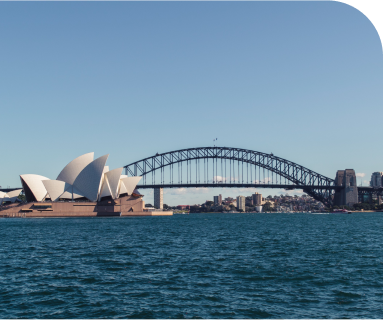

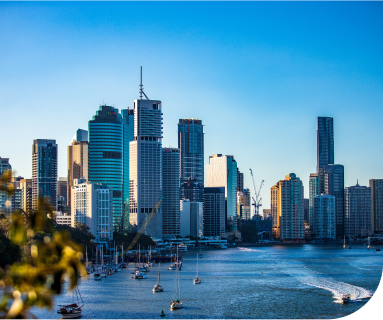
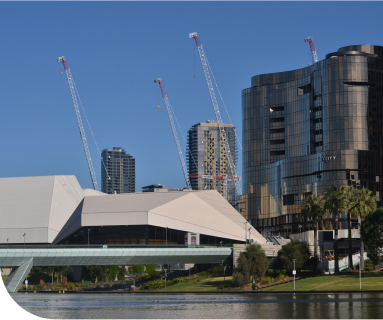
Here are some of the reasons why studying in Australia is a good idea:
A well-developed educational system makes it possible to live, learn, and work in another culture while still being in close proximity to popular tourist destinations and convenient public transportation hubs.
The cost of living like in other places will vary according to the city where people live and the lifestyle of each individual. Major cities such as Sydney, Melbourne, and Brisbane, for example, has higher cost of living than other cities. Each student will generally require between 2,900 AUD to 7,428 AUD per month. This fee covers the cost of accommodation, meals, transportation, telecommunications, and other daily necessities.
Tuition fees vary depending on the discipline you choose to study, the degree level, and the university in which you enroll. Tuition for international students:
Source:
(https://www.shiksha.com/studyabroad/international-student-life-in-australia-cost-of-education-articlepage-378)
(https://www.idp.com/middleeast/study-in-australia/cost-of-study/?lang=en)

There are many ways in which international students have benefited from Australia’s student visa program. Learn everything you need to know about the various student visas in Australia right here. The immigration system in Australia is difficult to navigate without legal assistance. How long it takes to get a student visa for Australia depends on whether you’re a high school, undergraduate, or graduate student.
A student visa for Australia requires proof of enrollment in an approved Australian educational program as well as sufficient funds to cover living expenses during the duration of the program. If you are a student under the age of 18, your parent(s) are welcome to join you. After finishing their studies in Australia, international students can apply for a post-study work visa to remain in the country and find gainful employment.
Student visa Australia requirements
Note: You will be required to show your English proficiency as an international student by taking one of the recognised standard English tests (IELTS, PTE, TOEFL iBT, and CAE). You must provide proof of your financial situation to demonstrate that you can pay for your courses and stay in Australia.
OSHC (Overseas Student Health Cover) is required and should be valid for the duration of your stay in Australia. Some courses need students to have their health assessed and verified as healthy by doctors in their home country before they may be admitted to Australia. A criminal background check is also required as part of your character evaluation.
The Australian healthcare system is well-known around the world for its comprehensive services, which cover everything from primary and preventative care to advanced medical procedures. The healthcare system is divided into the public health system and the private health system. When you’re sick or injured, you can utilise either of these methods, or a mix of them, to get help.
Public Health System
In Australia, public healthcare is provided through a variety of channels, including public hospitals, community-based services, and connected health institutions. Medicare allows Australians to get healthcare for free or at a reduced cost inside the public system. Since 1984, Medicare, a national health care scheme, has provided health care in Australia. The programme gives access to medical services, public hospitals, and pharmaceuticals.
Private Health System
Many health-care providers are privately owned and controlled, including private hospitals, speciality medical and allied health clinics, and pharmacies. These services may be supported jointly by the government and the private sector.






Before taking out an OSHC policy, you must research the various providers to ensure that the level of cover meets your needs. It can be helpful to compare policies from different providers to get the best benefits for the lowest cost.
As an international student in Australia, you have two ways for OSHC insurance.
In any case, you must maintain continuous coverage during your stay in Australia. This is especially significant for students attending two different institutions, as each may obtain insurance on the student’s behalf.
• University of New South Wales
• Monash University
• The University of Sydney

• The University of Sydney
• University of New South Wales
• Monash University

• Monash University
• University of New South Wales
• The University of Sydney

• RMIT University
• University of Technology Sydney
• Monash University

• The University of Sydney
• Monash University
• University of New South Wales
| Accommodation expenses in Australia for international students | Expenses (approx) | ||
|---|---|---|---|
| Hostel and Guesthouses | AUD 90 to 170 per week | ||
| Shared Rental | AUD 95 to 250 per week | ||
| On-campus | AUD 110 to 300 per week | ||
| Homestay | AUD 235 to 470 per week | ||
| Rental | AUD 185 to 500 per week |

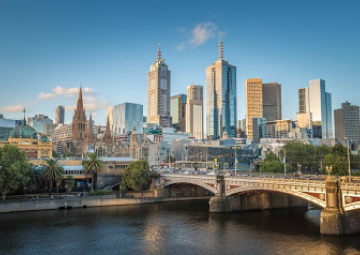
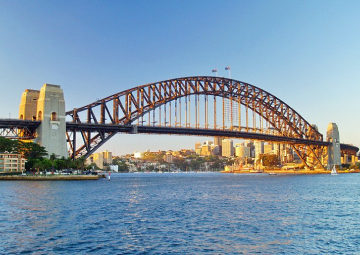
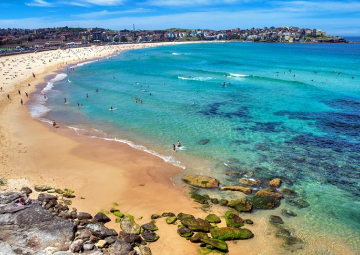
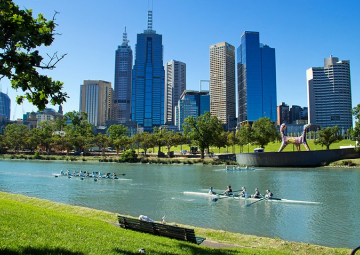
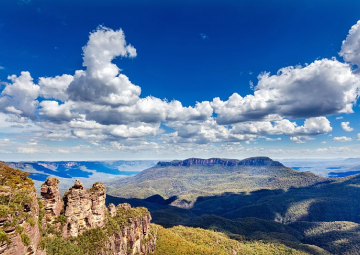
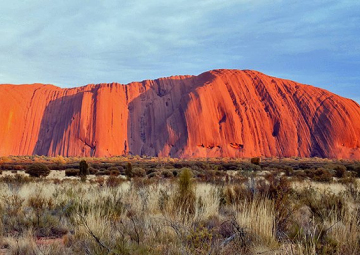
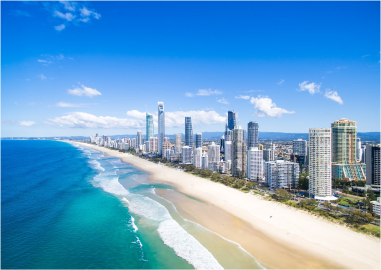
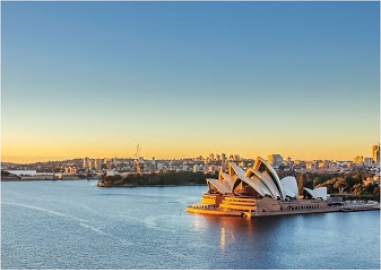
Australia has received widespread acclaim for its intellectual excellence. Because of the country’s broad academic options, the number of overseas students has increased in recent years. But did you know that after graduation, these same students extend their visas here? The primary factor is the excellent job prospects available here. They can also work part-time in Australia while studying, with 20 hours per week during the school year and 40 hours per week during the holiday season.
Besides that, International students get the opportunity to collaborate with market leaders. An internship here can assist define their future profession. Aside from that, the optimal compensation is determined by a student’s abilities and expertise.
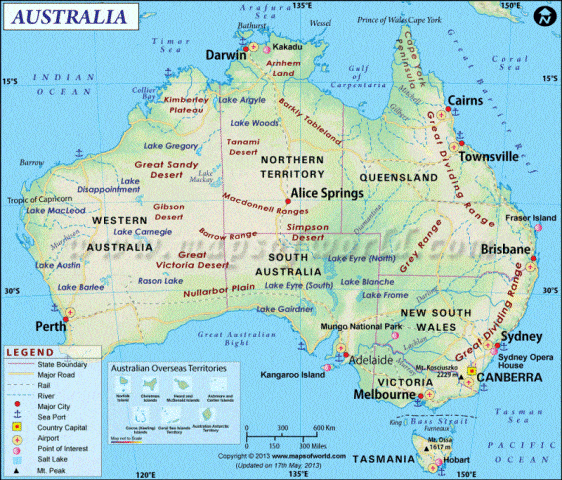
Located in the Southern Hemisphere between the Pacific and Indian oceans, Australia is both the world’s smallest continent and one of its largest countries. Canberra, the nation’s capital, can be found in the southeast, between the two major cities of Sydney and Melbourne, which serve as the country’s economic and cultural hubs, respectively.
The length of Australia’s mainland is over 4,000 kilometers (2,500 miles), and the distance between the northernmost tip of Cape York Peninsula and the southernmost tip of Wilsons Promontory is over 2,000 kilometers (1,300 miles). The southernmost point of Tasmania falls inside Australia’s 310-mile (500-kilometer) sphere of influence, whereas the southern beaches of Papua New Guinea fall within its jurisdiction to the north. Australia is separated from Indonesia to the north by the Timor and Arafura seas, from Papua New Guinea to the northeast by the Coral Sea and Torres Strait, from the Coral Sea Islands Territory to the south by the Great Barrier Reef to the east, from New Zealand to the southeast by the Tasman Sea, and from Antarctica to the far south by the Indian Ocean.
Do’s
Don’ts

High-Quality

Safe & Close Distance

Work Opportunities

Beautiful City and Nature

Diverse Cultural Experience




Here are some of the reasons why studying in Australia is a good idea:
A well-developed educational system makes it possible to live, learn, and work in another culture while still being in close proximity to popular tourist destinations and convenient public transportation hubs.
The cost of living like in other places will vary according to the city where people live and the lifestyle of each individual. Major cities such as Sydney, Melbourne, and Brisbane, for example, has higher cost of living than other cities. Each student will generally require between 2,900 AUD to 7,428 AUD per month. This fee covers the cost of accommodation, meals, transportation, telecommunications, and other daily necessities.
Tuition fees vary depending on the discipline you choose to study, the degree level, and the university in which you enroll. Tuition for international students:
Source:
(https://www.shiksha.com/studyabroad/international-student-life-in-australia-cost-of-education-articlepage-378)
(https://www.idp.com/middleeast/study-in-australia/cost-of-study/?lang=en)

There are many ways in which international students have benefited from Australia’s student visa program. Learn everything you need to know about the various student visas in Australia right here. The immigration system in Australia is difficult to navigate without legal assistance. How long it takes to get a student visa for Australia depends on whether you’re a high school, undergraduate, or graduate student.
A student visa for Australia requires proof of enrollment in an approved Australian educational program as well as sufficient funds to cover living expenses during the duration of the program. If you are a student under the age of 18, your parent(s) are welcome to join you. After finishing their studies in Australia, international students can apply for a post-study work visa to remain in the country and find gainful employment.
Student visa Australia requirements
Note: You will be required to show your English proficiency as an international student by taking one of the recognised standard English tests (IELTS, PTE, TOEFL iBT, and CAE). You must provide proof of your financial situation to demonstrate that you can pay for your courses and stay in Australia.
OSHC (Overseas Student Health Cover) is required and should be valid for the duration of your stay in Australia. Some courses need students to have their health assessed and verified as healthy by doctors in their home country before they may be admitted to Australia. A criminal background check is also required as part of your character evaluation.
• University of New South Wales
• Monash University
• The University of Sydney

• The University of Sydney
• University of New South Wales
• Monash University

• Monash University
• University of New South Wales
• The University of Sydney

• RMIT University
• University of Technology Sydney
• Monash University

• The University of Sydney
• Monash University
• University of New South Wales
| Accommodation expenses in Australia for international students | Expenses (approx) | ||
|---|---|---|---|
| Hostel and Guesthouses | AUD 90 to 170 per week | ||
| Shared Rental | AUD 95 to 250 per week | ||
| On-campus | AUD 110 to 300 per week | ||
| Homestay | AUD 235 to 470 per week | ||
| Rental | AUD 185 to 500 per week |

Register With Gold Star Education And Talk With Our Counsellor








Australia has received widespread acclaim for its intellectual excellence. Because of the country’s broad academic options, the number of overseas students has increased in recent years. But did you know that after graduation, these same students extend their visas here? The primary factor is the excellent job prospects available here. They can also work part-time in Australia while studying, with 20 hours per week during the school year and 40 hours per week during the holiday season.
Besides that, International students get the opportunity to collaborate with market leaders. An internship here can assist define their future profession. Aside from that, the optimal compensation is determined by a student’s abilities and expertise.

Located in the Southern Hemisphere between the Pacific and Indian oceans, Australia is both the world’s smallest continent and one of its largest countries. Canberra, the nation’s capital, can be found in the southeast, between the two major cities of Sydney and Melbourne, which serve as the country’s economic and cultural hubs, respectively.
The length of Australia’s mainland is over 4,000 kilometers (2,500 miles), and the distance between the northernmost tip of Cape York Peninsula and the southernmost tip of Wilsons Promontory is over 2,000 kilometers (1,300 miles). The southernmost point of Tasmania falls inside Australia’s 310-mile (500-kilometer) sphere of influence, whereas the southern beaches of Papua New Guinea fall within its jurisdiction to the north. Australia is separated from Indonesia to the north by the Timor and Arafura seas, from Papua New Guinea to the northeast by the Coral Sea and Torres Strait, from the Coral Sea Islands Territory to the south by the Great Barrier Reef to the east, from New Zealand to the southeast by the Tasman Sea, and from Antarctica to the far south by the Indian Ocean.
Do’s
Don’ts
Customer Service
Customer Service

Enhance your platform experience to the fullest.
Register now and unlock a world of exclusive benefits tailored just for you.